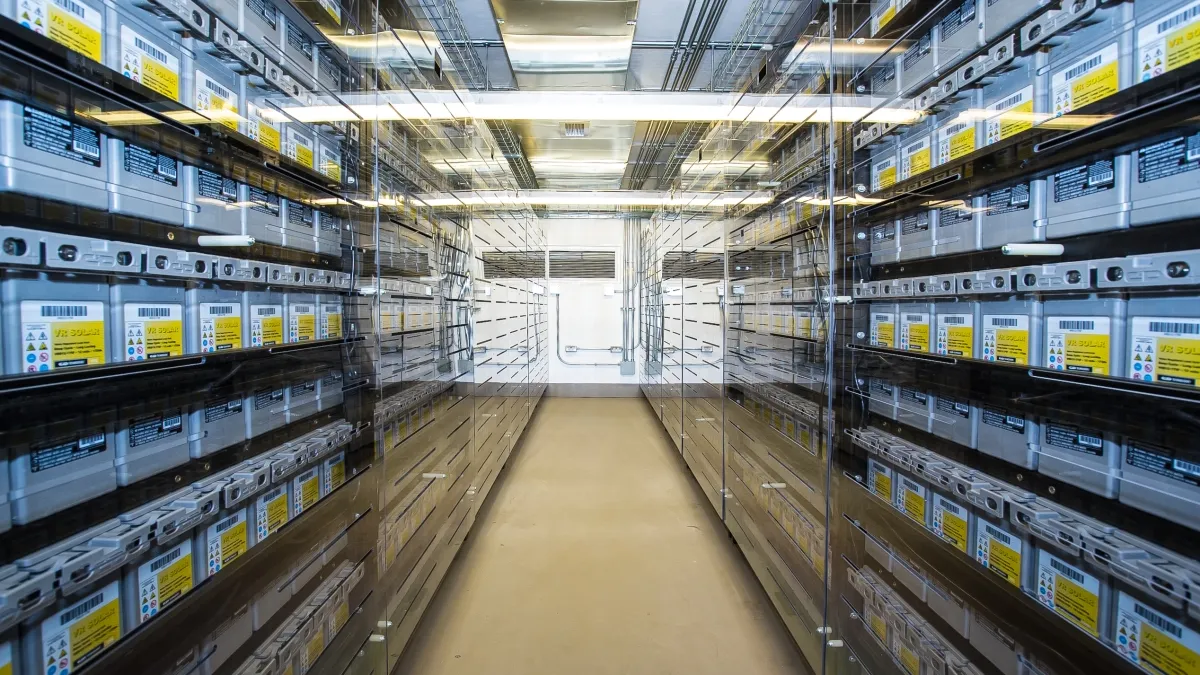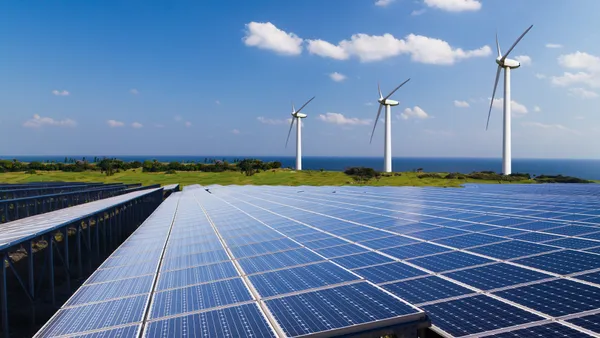Dive Brief:
- Utility scale batteries will be as widespread as rooftop solar panels are now in 12 years, according to Bloomberg New Energy Finance (BNEF).
-
BNEF forecasts the energy storage market may be valued at $250 billion or more by 2040 with 25 GW of the devices deployed by 2028.
-
There are now less than 1 GW of batteries operating on the grid globally. By 2040, the industry will expand, storing and discharging 759 GWh, BNEF estimates.
Dive Insight:
As battery costs fall, storage deployments rise. That trend led to a record year for energy storage deployment in 2015, and the trend will continue into the future, according to BNEF’s New Energy Outlook.
“Batteries will get a boost as costs drop and developers see the chance for lucrative new revenue streams,” said Julia Attwood, storage analyst at BNEF.
That trend also will pose challenge the traditional utility business model, where power generation and distribution are monopolized in a single company. Energy storage can be used to smooth out variable power flows from intermittent renewable resources and to smooth out demand peaks, reducing or deferring the need to build new power plants.
One of the main drivers of those trends is the spread of electric cars, which is creating demand for lithium-ion batteries, the main technology for storage devices that are attached to utility grids and rooftop solar units.
As electric vehicles become more widespread, manufactures are scaling up production and slashing costs. BNEF expects the technology to cost $120/kWh by 2030 compared with more than $300/kWh now and $1,000/kWh in 2010.
BNEF estimates 35% of all light vehicles sold will be electric in 2040, equivalent to 41 million cars. That’s about 90 times the figure in 2015.











